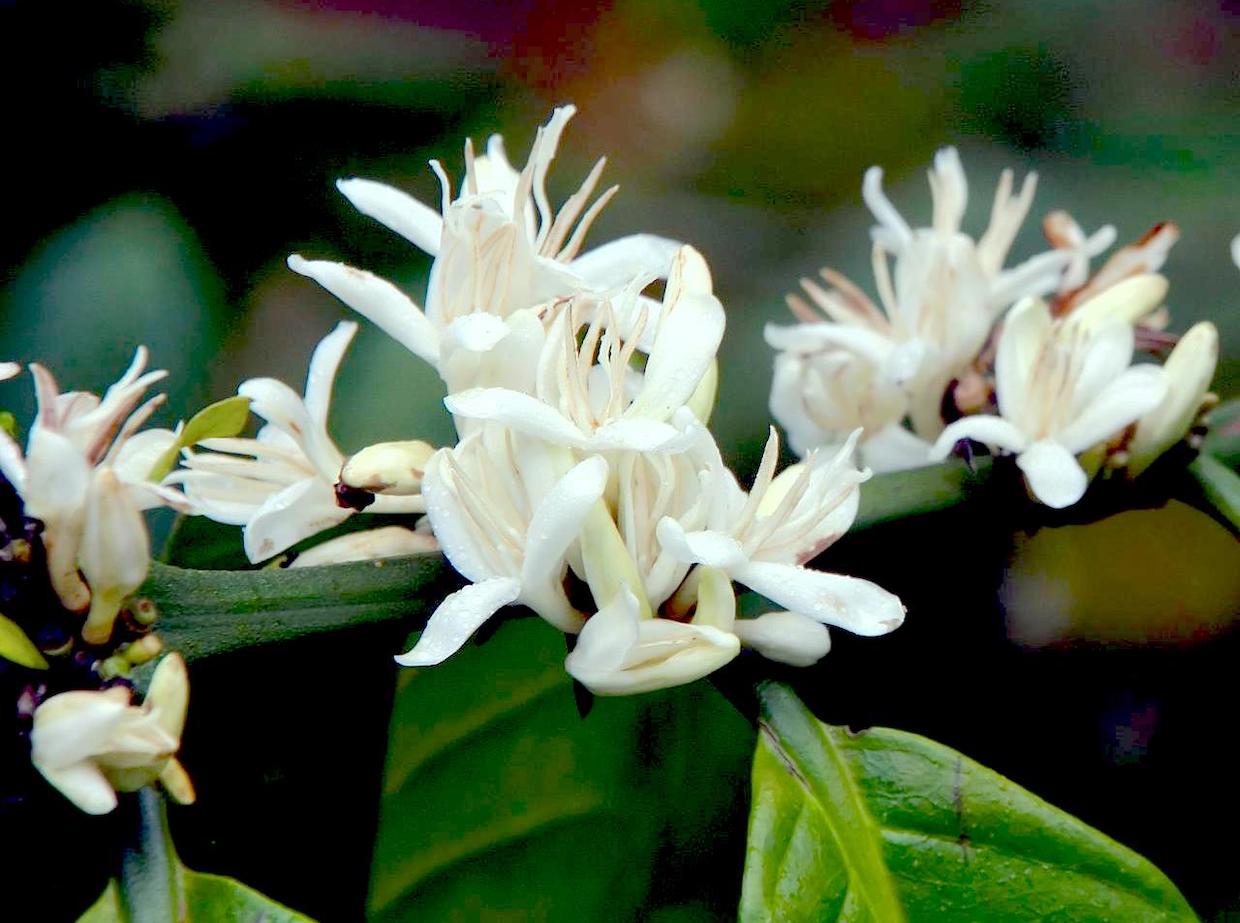Indonesia’s 2024/25 coffee production is expected to bounce back from a down year to 10.9 million 60-kilogram bags, thanks to favorable weather conditions.
Meanwhile, domestic consumption in Indonesia is expected to rise significantly to 4.8 million bags, which is largely attributed to stable economic growth and a growing market for different types of roasted coffees and ready-to-drink (RTD) beverages.
These and other issues are outlined in the new USDA Foreign Agriculture Service annual report on the Indonesia coffee sector.
[Note: This is part of a series of stories that will explore USDA FAS annual coffee reports. The information agency typically delivers more than a dozen country-level reports on the coffee sector, each coming from different authors and field offices.]
Production Forecast
- Indonesia’s coffee production for 2024/25 is now forecast at 10.9 million 60-kilo bags, showing partial recovery from severe weather in 2023/24, particularly in robusta-producing areas.
- Improved yields are expected in both lowland and highland areas, with favorable weather in northern Sumatra likely boosting arabica crop yields for 2024/25, the report states.
- The El Niño-induced drought has delayed the southern Sumatra harvest to May-June 2024, and the FAS office now expects shipments to peak in September-October 2024.
Crop Area
- The authors estimate that Indonesia’s coffee cultivation area is remaining relatively stable at 1.2 million hectares, with no significant replanting programs recently.
- Most coffee plantations are smallholder farms of 1-2 hectares, with some large plantations in Sulawesi, Sumatra, and a state-owned robusta plantation in East Java.
- Interest in growing arabica has increased due to historically higher prices, with Northern Sumatra as the main arabica-producing region, followed by high-altitude areas in Java, Sulawesi, and Papua. Sumatra currently accounts for more 60% of Indonesia’s coffee crop area, according to the report.
Domestic Consumption
- Indonesia’s coffee consumption for 2024/25 is expected to rise by 10,000 bags to 4.8 million bags, driven by steady economic growth and improved performance in the food, beverage, hotel, and related sectors.
- Coffee processors are likely to continue squeezing their margins, limiting domestic trade, until the peak robusta harvest in the coming months, according to the analysis.
- The report says ready-to-drink (RTD) coffee sales grew in 2023, with producers offering more affordable varieties and leveraging extensive distribution networks, including convenience stores, grocery stores, local grocers and kiosks.
Exports and Trade
- Indonesia’s green coffee exports are forecast to rise from 4.3 million to 6 million bags in 2024/25, due to increased production, with key markets being the United States, ASEAN member states, Egypt, India and Japan.
- Green coffee shipments to EU member states accounted for 14% of total coffee exports in 2023/24, a 66% decrease from the previous year. The authors suggest this number could potentially be affected further by the upcoming EU deforestation-free regulation (EUDR) enforcement.
- In 2023/24, Indonesia sourced robusta green beans mainly from Vietnam and arabica from Brazil. For 2024/25, green coffee imports are forecast at 500,000 bags, lower than the current year due to higher local supplies.
Comments? Questions? News to share? Contact DCN’s editors here.
Related Posts







Comment